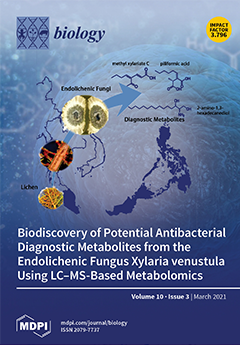The significance of
FLT3-ITD in acute promyelocytic leukemia (APL) is not well-established. We performed a bi-center retrospective study of 138 APL patients, 59 (42.8%) of whom had
FLT3-ITD. APL patients with
FLT3-ITD had higher baseline white blood cell counts (WBCs) (
p < 0.001), higher hemoglobin, (
p = 0.03), higher aspartate aminotransferase (
p = 0.001), lower platelets (
p = 0.004), lower fibrinogen (
p = 0.003), and higher incidences of disseminated intravascular coagulation (
p = 0.005), M3v variant morphology (
p < 0.001), and the bcr3 isoform (
p < 0.001).
FLT3-ITD was associated with inferior post-consolidation complete remission (CR) (
p = 0.02) and 5-year overall survival (OS) of 79.7%, compared to 94.4% for
FLT3-WT (wild-type) (
p = 0.02).
FLT3-ITD was strongly associated with baseline WBCs ≥ 25 × 10
9/L (odds ratio (OR): 54.4; 95% CI: 10.4–286.1;
p < 0.001). High
FLT3-ITD allelic burdens correlated with high-risk (HR) Sanz scores and high WBCs, with every 1% increase in allelic burden corresponding to a 0.6 × 10
9/L increase in WBC. HR APL was associated with a 38.5% increase in allelic burden compared with low-risk (LR) APL (95% CI: 19.8–57.2;
p < 0.001). Our results provide additional evidence that
FLT3-ITD APL is a distinct subtype of APL that warrants further study to delineate potential differences in therapeutic approach.
Full article






